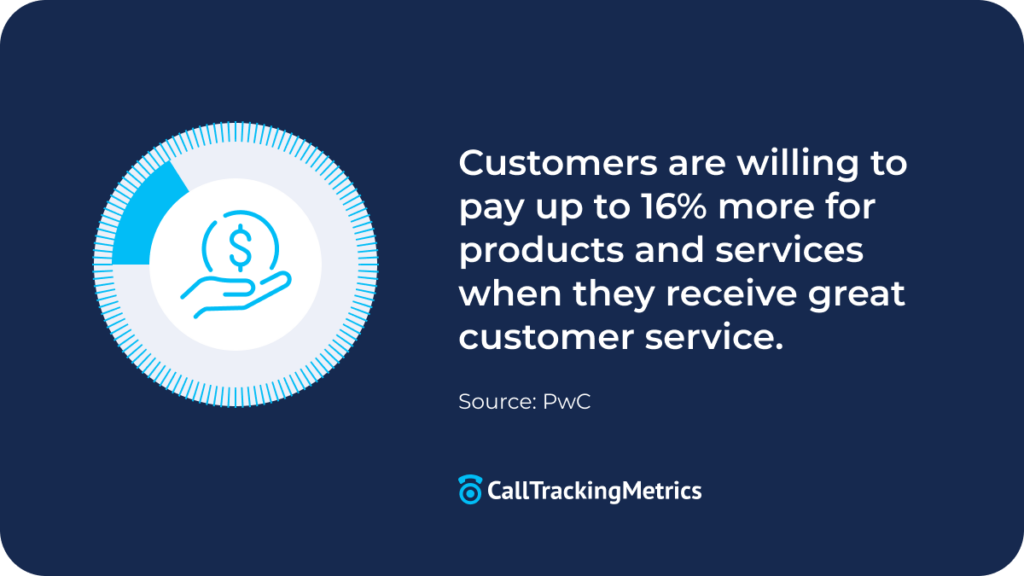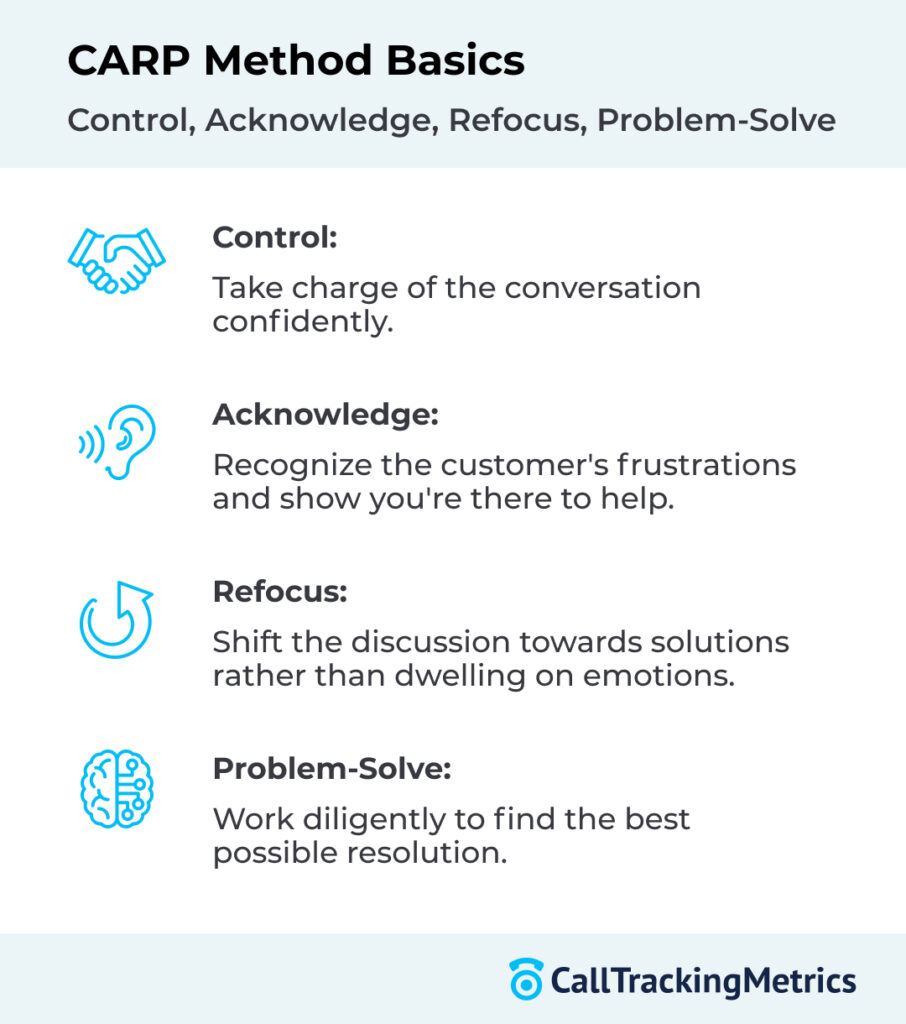Mastering Customer Service: 11 Powerful Phrases to Calm Angry Customers
[Updated on September 27, 2024]
Customer service has become a critical differentiator in today’s hyper-competitive business landscape. According to a study by PwC, 32% of customers would stop doing business with a brand they loved after just one bad experience. Conversely, customers are willing to pay up to 16% more for products and services when they receive great customer service.

The cardinal rule of customer service has long been that the customer is always right. But as any business owner or customer service representative knows, there are times when meeting every customer demand simply isn’t possible. In these situations, knowing how to say “no” while maintaining a positive customer relationship is a crucial skill.
The High Stakes of Customer Service
The expectations for exceptional customer experiences have never been higher. A report by Zendesk found that 50% of customers would switch to a competitor after just one bad experience, and 80% would do so after multiple poor experiences. With so much at stake, equipping your support team with the right tools and phrases to handle difficult conversations is essential.
The CARP Method: A Framework for Resolving Issues
Before we dive into specific phrases, let’s explore an effective method for handling customer complaints. Robert Bacal, author of If It Wasn’t for the Customers I’d Really Like this Job, outlines the CARP method:
CARP Method Basics
Control: Take charge of the conversation confidently.
Acknowledge: Recognize the customer’s frustrations and show you’re there to help.
Refocus: Shift the discussion towards solutions rather than dwelling on emotions.
Problem-Solve: Work diligently to find the best possible resolution.
Let’s explore how to apply this method using specific phrases and techniques.

Phrases to Demonstrate You’re Here to Help
The first step in turning around an angry interaction is to show that you’re actively listening and genuinely care about helping the customer. Use reflective listening techniques (mirroring) to align with the distressed customer and demonstrate that they’ve been heard.
- “If I understand you correctly, you’re facing…”
- Why it works: This phrase shows you’re attentively listening and trying to fully grasp their issue.
- When to use it: At the beginning of the conversation establish rapport and ensure you have all the facts.
- “You’re saying…”
- Why it works: It allows the customer to confirm or clarify their point, ensuring you’re both on the same page.
- When to use it: When summarizing a complex issue or if the customer’s explanation is unclear.
- “What I’m hearing is…”
- Why it works: Similar to the previous phrases, it demonstrates active listening and allows for clarification.
- When to use it: When you want to restate the issue in your own words to confirm understanding.
Pro tip: By focusing on what the customer is trying to solve, you may uncover alternative solutions they hadn’t considered.
Phrases for When You Have a Solution
Sometimes, customers call in already frustrated, not realizing that you have a way to help them. Use these phrases to diffuse tension and position yourself as the authority who can assist them.
- “You’re right, and we need to do something about this immediately.”
- Why it works: It validates the customer’s concern and shows urgency in addressing it.
- When to use it: When the customer has a legitimate complaint that you can quickly resolve.
- “As an immediate solution, I’d like to suggest…”
- Why it works: It shows you’re taking action and offers hope for a quick resolution.
- When to use it: When you have a temporary fix while working on a more permanent solution.
- “Here’s what I’m going to do for you.”
- Why it works: It demonstrates that you’re taking ownership of the problem and have a plan.
- When to use it: When you have a clear course of action to resolve the issue.
Phrases for When You Don’t Have an Immediate Solution
Not every problem can be solved instantly, especially if a customer requests something beyond your capabilities. In these situations, honesty and empathy are key.
- “I completely understand where you’re coming from. However, we can’t accommodate this at this time because…”
- Why it works: It shows empathy while being transparent about limitations.
- When to use it: When you need to deny a request but want to explain the reasoning.
- “As much as I’d love to help, that’s beyond what we’re able to do right now.”
- Why it works: It expresses a genuine desire to help while setting clear boundaries.
- When to use it: When a request is outside your company’s scope of services or capabilities.
- “I recognize this isn’t exactly the outcome you were looking for, and I will take your feedback to my team so we can do better next time.”
- Why it works: It acknowledges the customer’s disappointment while promising to use their feedback constructively.
- When to use it: When you can’t provide the desired solution but want to show that you value their input.
Important: Avoid over-apologizing for things outside your control. Instead, focus on providing alternatives or demonstrating a commitment to improvement.
Knowing When It’s Time to End the Conversation
Sometimes, a customer may continue to rant without moving towards a resolution. In these cases, it’s important to know how to professionally conclude the interaction.
- “This is the best solution we have at this time. Is there anything else I can help you with today?”
- Why it works: It politely signals that you’ve offered all available options and are ready to wrap up.
- When to use it: When you’ve exhausted all possible solutions and the customer is still unsatisfied.
- “I have recorded your feedback for my team, and we will follow up with you if a solution becomes available.”
- Why it works: It assures the customer that their concerns have been noted and may be addressed in the future.
- When to use it: When there’s no immediate solution, but there’s a possibility of future improvements based on their feedback.
Adapting Your Approach Across Channels
Remember that these phrases may need slight modifications depending on the communication channel:
- Phone: Focus on tone of voice and pacing to convey empathy and professionalism.
- Email/Chat: Use clear, concise language and consider adding appropriate emojis to convey tone.
- Social Media: Be extra cautious with wording, as responses are public. Aim to move detailed problem-solving to private channels.
The Importance of Follow-Up
After resolving an issue or ending a difficult conversation, follow up with the customer to ensure their satisfaction. This can turn a negative experience into a positive one and demonstrate your commitment to their happiness.
Example follow-up message:
Hello [Customer Name],
Thank you for contacting The CTM Help Desk. A ticket has been created for your reference.
It was a pleasure assisting you yesterday with [Replace with text about the problem faced by the customer].
This ticket will be closed, but please don’t hesitate to reach out to us if you have any other questions or concerns.
Putting It Into Practice
Mastering these phrases and techniques takes practice. Consider incorporating role-playing exercises into your team’s training sessions. This allows representatives to practice using these phrases in various scenarios, helping them build confidence and proficiency. Additionally, you could implement a call center agent training software to streamline this process and capture feedback automatically from customer calls.
Remember, the goal is not just to memorize phrases, but to internalize the principles of empathetic, solution-oriented customer service. By doing so, you’ll be well-equipped to turn challenging customer interactions into opportunities for building loyalty and trust.
Want to improve your team’s customer service skills? Download our free The Ultimate Guide to Driving Success in Your Contact Center guide to access more tips, exercises, and strategies for delivering outstanding customer experiences.
